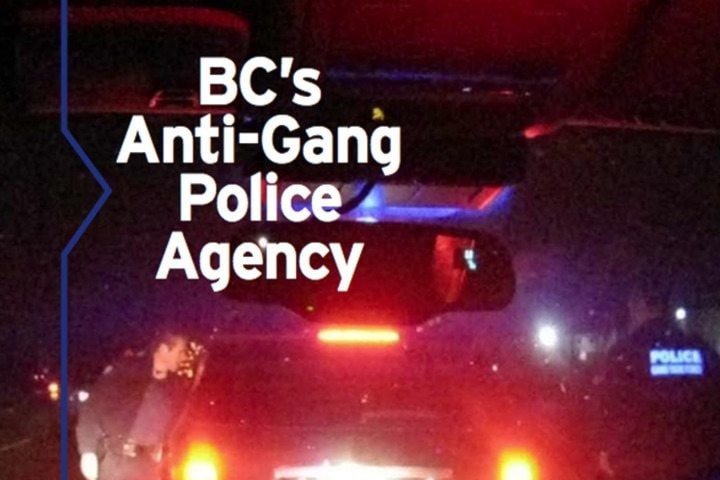By Bob Hall, Nelson Star
It may seem like a problem that only exists on the television news with the backdrop of the Lower Mainland, but gang activity impacts the Kootenays.
Earlier this week the province’s anti-gang police unit — the Combined Forces Special Enforcement Unit (CFSEU) — issued its first ever Community Report.
And though Nelson doesn’t find itself directly in the mix, the Nelson Police Department says gang problems are not only a big city issue.
“We certainly support their initiative of going out and targeting the gangs,” said Nelson Police Department Inspector Paul Burkart. “Obviously it’s a little more of a concern in the Lower Mainland with more people, more traffic and the ports. But it would be naive for us to think for a second that the dope that is grown around here is not ending up in the hands of gangs elsewhere.”
CFSEU is the integrated team of 400 officers and civilians from 14 different agencies, including RCMP and municipal police forces, that disrupt and suppress organized crime around the province.
Their investigations have cracked big cases, such as the discovery of an audacious cross-border drug-smuggling tunnel in Aldergrove and the unraveling of a massive international money-laundering ring.
The CFSEU is now out to capture a bigger public profile with the publication of its first-ever Community Report. The report can be read online at bc-anti-gang.com.
The Nelson Police Department is not intimately involved in CFSEU, but the local force works with the unit through information sharing.
“These grows that we are kicking in that are between 200 and 400 plants, these people that are growing this dope are not going out and selling it in quarter ounce baggies to their friends,” says Burkart. “This is big business and these people are selling to larger groups that are often gang related.
“The people supplying the cocaine here will have gang associations. They are getting their dope from gangs. Growers may be selling their dope to gangs and the gangs in return are selling their product here. They control the flow and people get roughed up in the Kootenays.”
For more on the CFSEU, check out their website at cfseu.bc.ca.
with files from Black Press reporter Jeff Nagel
CFSEU researchers found the vast majority of gang-related murder victims over a four-year period had previous drug charges or convictions, and often violent criminal pasts.
Most were gang members, not just associates or minor players in the drug trade, and a few were girlfriends or an innocent victim, like a man who was shot in Burnaby after picking up a Bacon brother vehicle to install a car stereo in it.
B.C. gang-related killings peaked at 36 in 2009 before dropping to 18 last year.
Victims are overwhelmingly men and their average age is 30, according to CFSEU stats.
Three-quarters of bodies are found near the victims' homes or vehicles.
Most (85 per cent) were shot, but eight per cent were viciously beaten, six per cent were stabbed and one victim was burned to death.
Also included are key risk factors for ending up in a gang and tips for parents on spotting potential signs of gang involvement.
